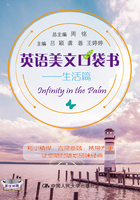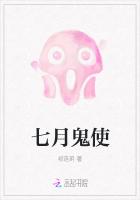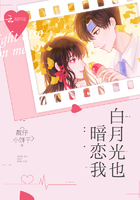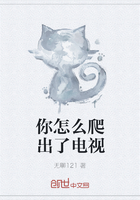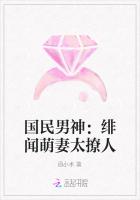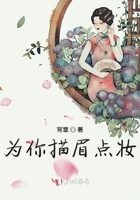Emerging from one of the oldest civilizations, Chinese sculpture has thrived for thousand of years. As time moves and culture evolves, Chinese sculpture has also taken different paths in different regions and cannot be easily categorized into a few types. Chinese sculpting did not evolve in a single path and style does not stay the same. It grows as times change and culture evolves.
More impressionable than painting, the development of sculpture is often closely allied to the historical context. The life of sculptural arts is typically bound with the prosperity of the country.
Take Chinese sculpture as an example. Sculptures characterized by stateliness and ritualism emerged during the Shang and Zhou dynasties (1600–221 BC); pieces full of majesty and cohesion surfaced during the Han (206 BC–AD 220) and Tang (618–907) dynasties; the Wei, Jin and Northern and Southern dynasties (265–589) produced Buddhist images full of religious influence and spirituality; pieces from the Song Dynasty (960–1279) are exquisite and moderate; while the Ming and Qing dynasties (1368–1911) produced colorful and secular sculptures.
Chinese sculptural art first emerges in the Neolithic Age (10000–4000 BC). The simplest sculptures correlate closely with early witchcraft, such as the stones arrangement and clay and pottery sculptures representing women found in graves of primitive man. They show a relationship between the sculptures and the beliefs of primitive man. Moreover, such sculptures are also practical in a sense. They were generally made of clay, jade or stone and their form combines human-shaped figures and wares. Some pieces are large wares while others are small sculpture. Regardless, these sculptures displayed the primary nonrepresentational characteristics of Chinese sculpture.
Bronze casting techniques gradually replaced potting techniques. Bronze sculptures are dominant during the slavery societies. Similar to primitive society, the sculptural arts of the Zhou Dynasty (1046–256 BC) began to take shape. Works from this era are rare. Bronze sculptures were mainly used to strengthen spiritual beliefs during the Shang and Zhou dynasties, when the belief in ghosts and deities and compliance with a ritualistic system were popular. Ferocious and formidable bronze sculptures from the Shang and Zhou dynasties generate a sense of pressure. Artistically, the most important achievement was the highly ornamental patterns of such sculptures, reflecting in exquisite bronze casting and their unique expression of the shape-making language of the Chinese.
The idea of China as a universal underlying concept started during the Qin Dynasty (221–206 BC), which produced breathtakingly brilliant sculpture. The most significant achievement is the Terra-Cotta Warriors and Horses in the Mausoleum of Emperor Shihuang. The magnificent sculptures have a lot of spirit while fully displaying unique Chinese techniques and the ambition of the Qin Dynasty.
Following the excellent techniques of the Qin Dynasty, sculptural arts of the Han Dynasty show new styles and themes—the romance and humanity of the culture of the Chu Kingdom and the grand features of the culture of the ancient northern people. The former style is mainly demonstrated by pottery sculptures such as the Women Dancer and the Story Teller. The latter is shown on large stone sculptures including the stone carvings in front of the Tomb of Huo Qubing.
Buddhism was introduced to China from India during the Eastern Han Dynasty (25–220) and became popular among both emperors and common people during the Wei and Jin dynasties (265–420) due to the prosperity of metaphysics and the loss of influence of Confucianism and Taoism. The development of the religion led to an increasing number of Buddhist images, a factor that was also influenced by social unrest, regime change and the hard life during the Northern and Southern Dynasties (420–589). Large works in grottoes and the construction of Buddhist took Chinese sculpture into a new important stage. The Buddhist statues in the Gandhāra style were prevalent in the early stage of Chinese sculpture, which was influenced directly by Buddhist statues in India. Before long, the local Chinese culture adopted similar styles and Buddhist statues with Chinese characteristics emerged gradually.
Grottoes construction started during the fourth century and thrived between the fifth and the eighth centuries (between the Wei and Jin dynasties and the Tang Dynasty). The quantity and scale of the Buddhist statues grew despite a movement to exterminate Buddhism during that period. After the eighth Century, enthusiasm for grottoes started ebbing away as culture evolved, regimes changed and temple construction thrived. Many grottoes and Buddhist statues still in evidence today were made between the fourth and eighth centuries. The Mogao Grottoes in Dunhuang (Gansu), Maijishan Grottoes in Gansu, Yungang Grottoes in Datong (Shanxi) and Longman Grottoes in Luoyang represent the key sculptural styles of the time. Such grottoes preserve the transforming styles and characteristics of Chinese sculpture between the Wei and Jin dynasties and the Tang Dynasty.


